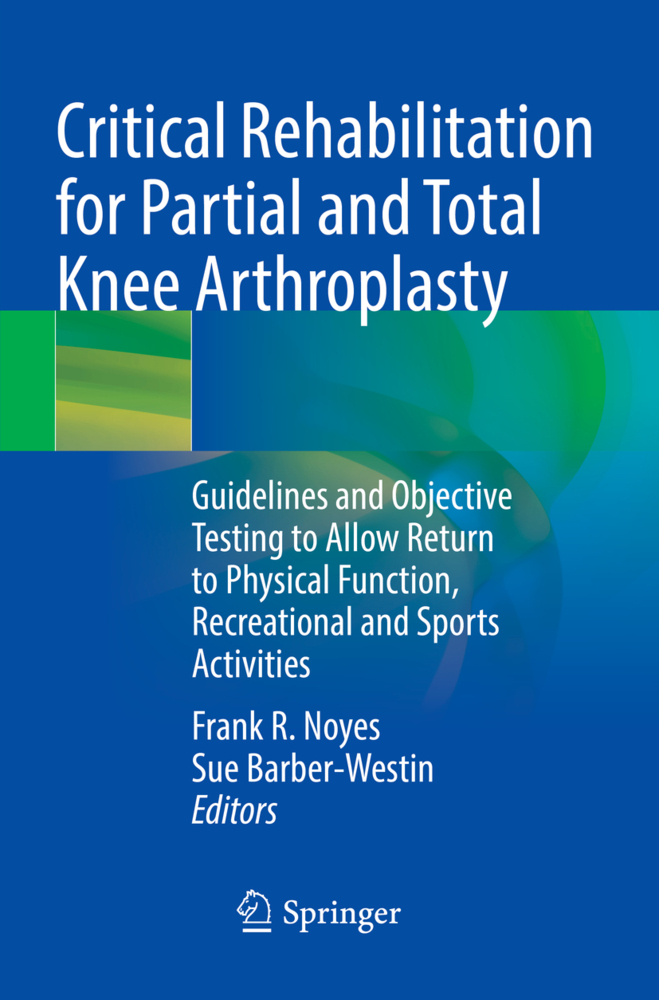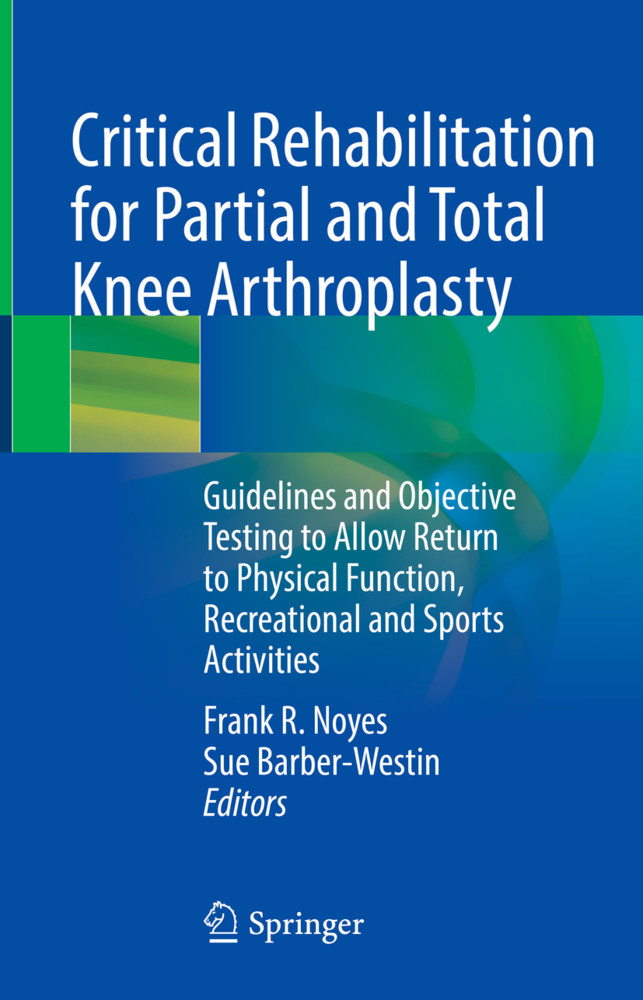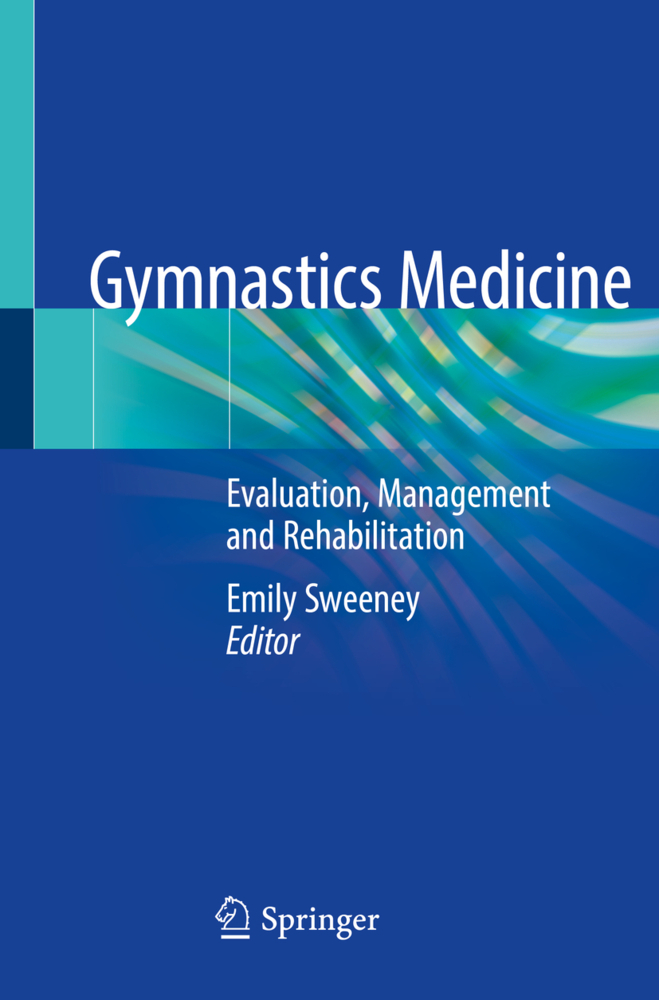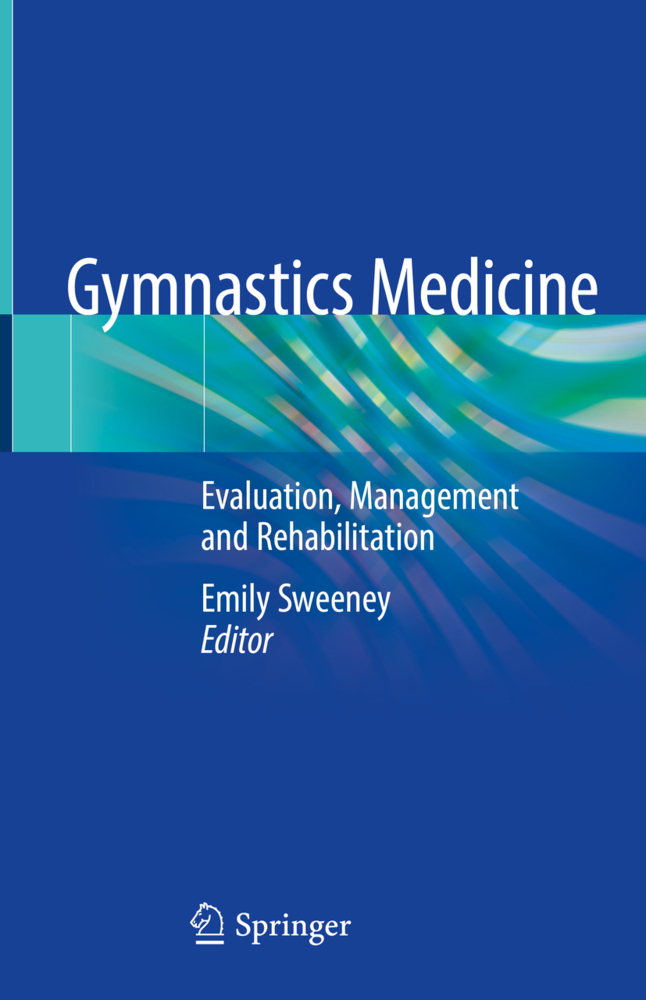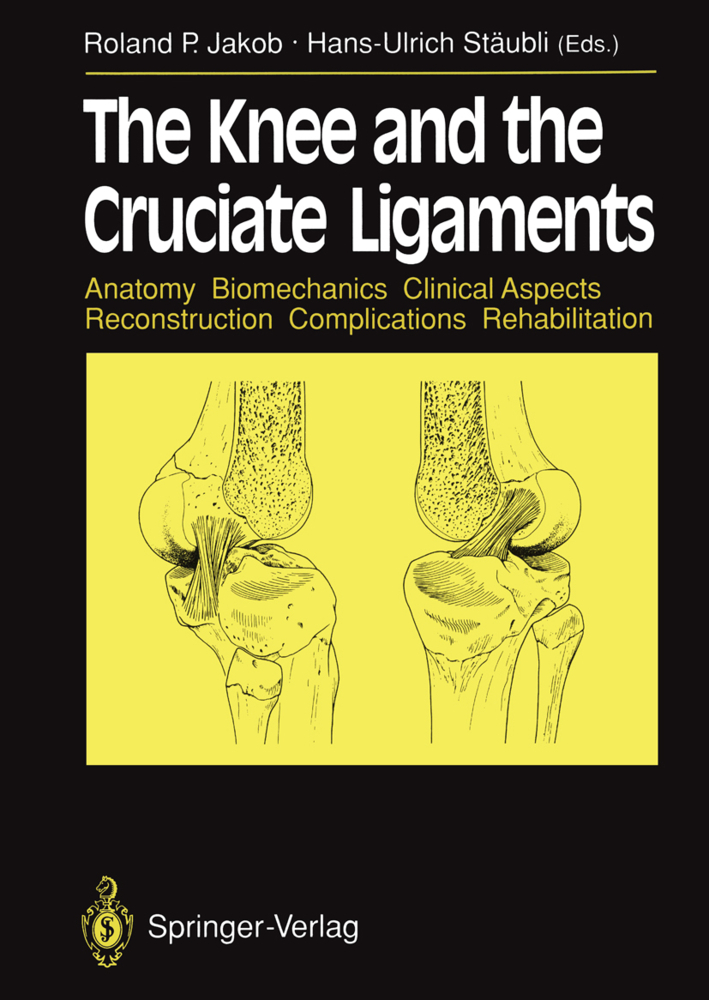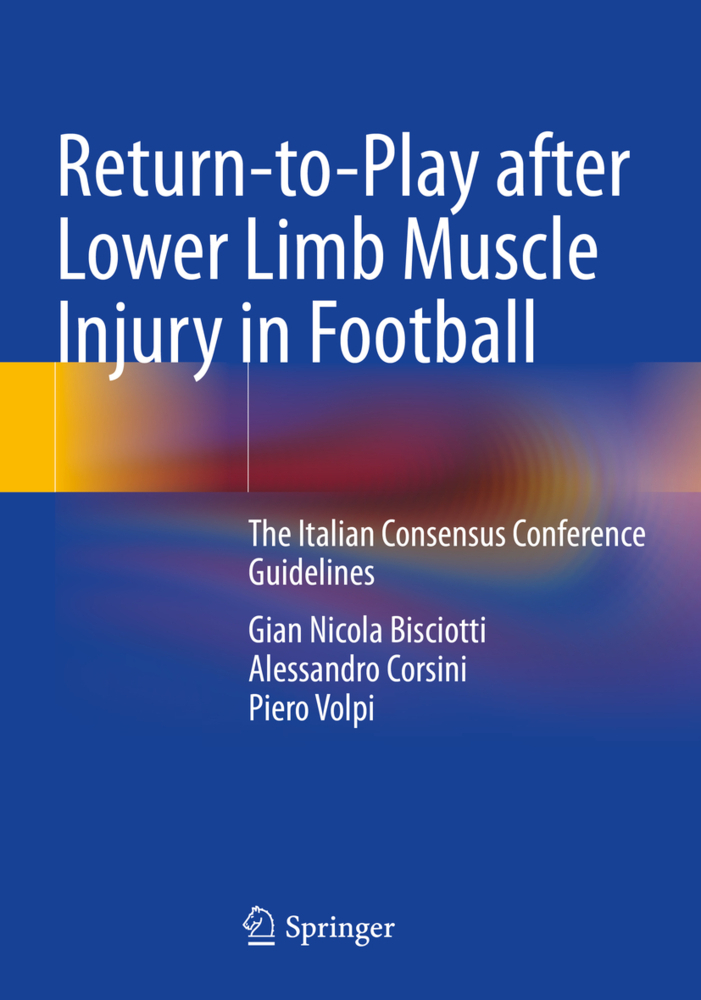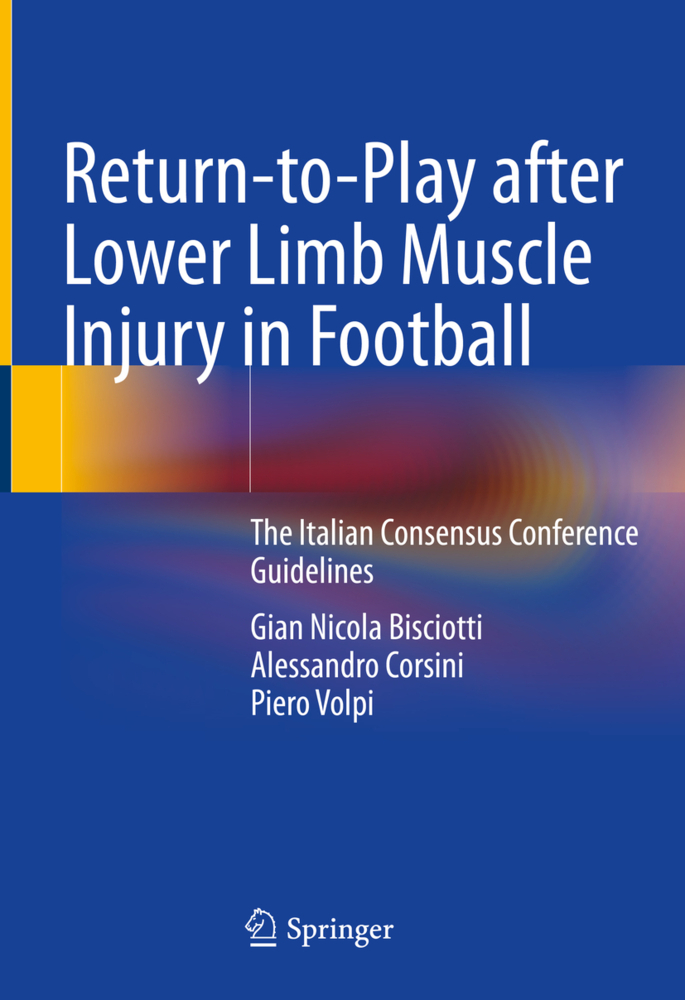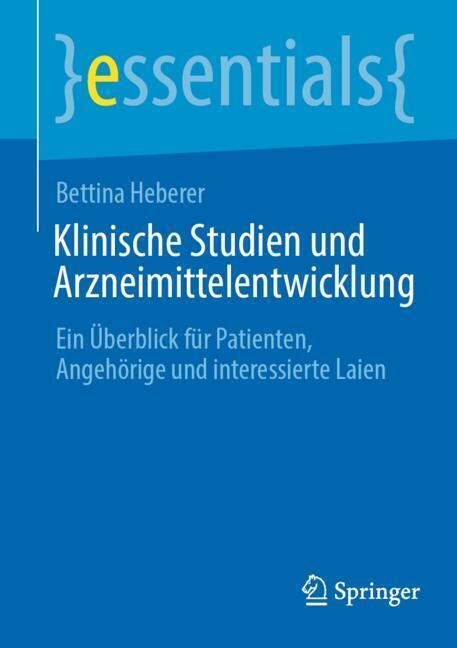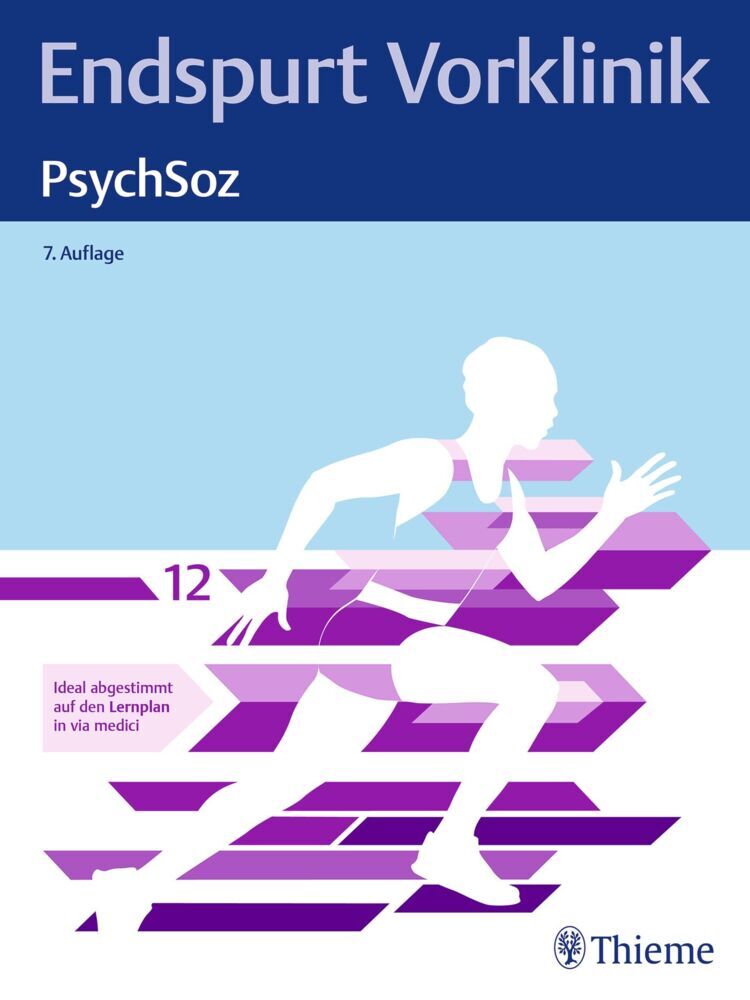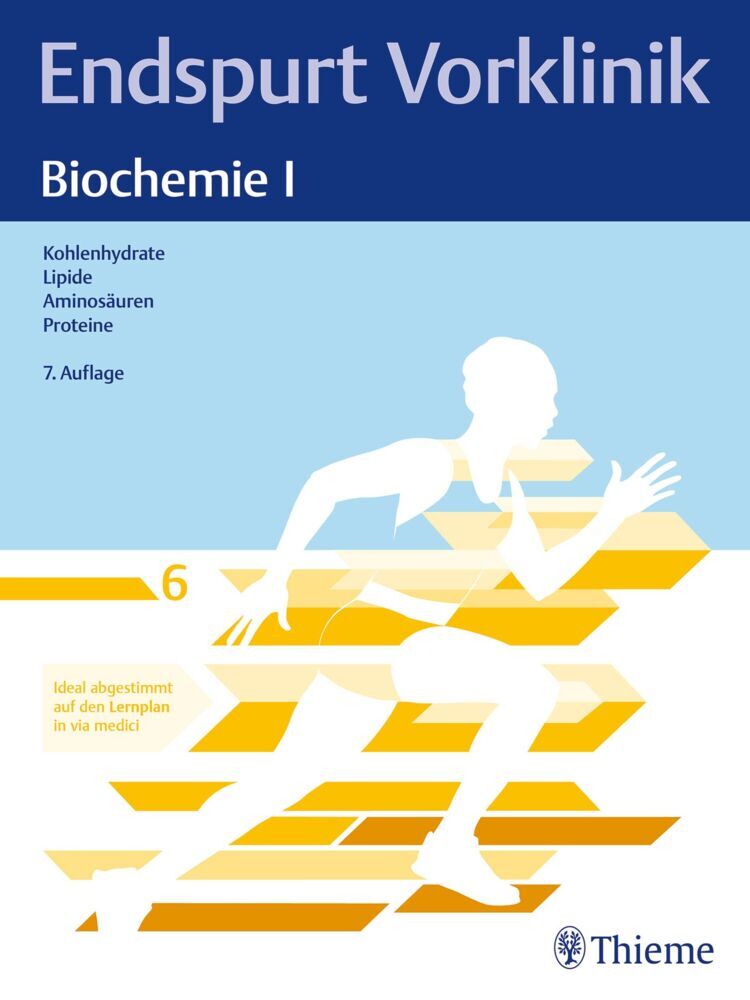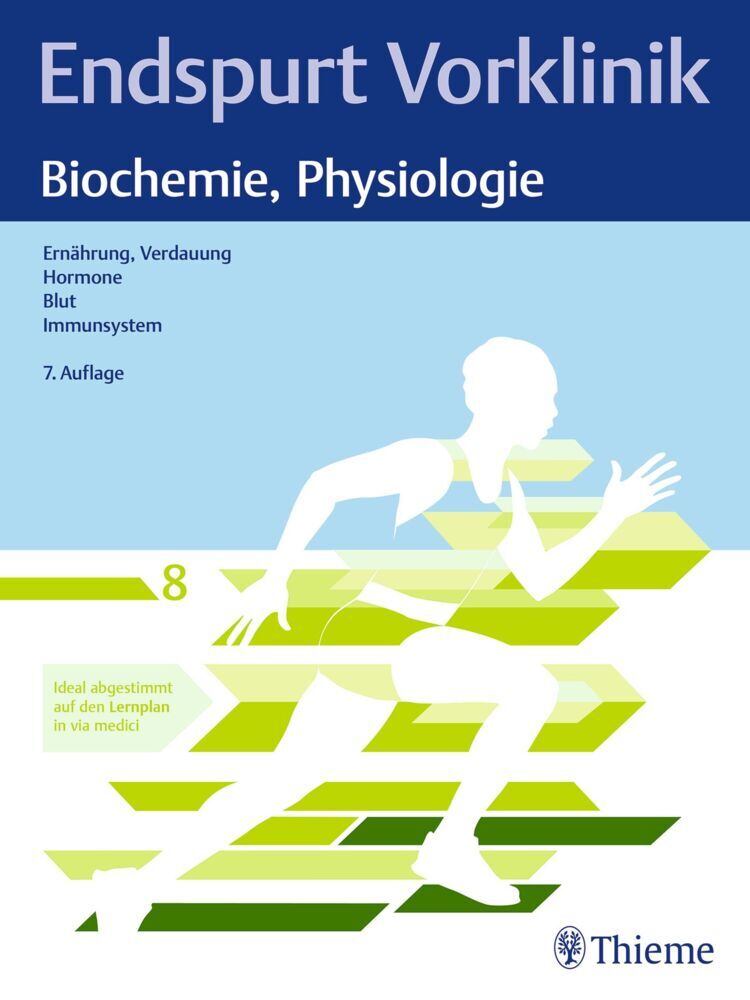Critical Rehabilitation for Partial and Total Knee Arthroplasty
Guidelines and Objective Testing to Allow Return to Physical Function, Recreational and Sports Activities
Critical Rehabilitation for Partial and Total Knee Arthroplasty
Guidelines and Objective Testing to Allow Return to Physical Function, Recreational and Sports Activities
Total knee arthroplasty (TKA) is a frequently performed operation - in the U.S. alone, 5.2 million TKAs were performed from 2000-2010 - and partial (unicompartmental) knee arthroplasty (UKA) is another common operation that is done in younger, active individuals. Many patients require knee arthroplasty from osteoarthritis that develops after sports injuries or decades of participation in athletics. While much has been written regarding technical surgical details of arthroplasty, there is comparably little available on critical rehabilitation principles and guidelines that allow return to normal physical function, as well as recreational and sports activities.
Filling this gap in the literature, this group of internationally recognized surgeons and therapists discusses all aspects of critical rehabilitation following both partial and total knee replacement, including:
Filling this gap in the literature, this group of internationally recognized surgeons and therapists discusses all aspects of critical rehabilitation following both partial and total knee replacement, including:
- Advances in surgical techniques for robotic computer-navigated knee arthroplasty
- Effects of preoperative rehabilitation and nutrition on postoperative function
- Specific rehabilitation principles to avoid complications and return to daily activities
- Advanced physical therapy concepts to return to recreational and sports activities
- Objective testing to determine strength and physical function in the arthroplasty athlete
- Recommended guidelines for recreational and sports activities
- Key factors for achieving high patient satisfaction and quality of life after surgery
Introduction: Epidemiology of Knee Arthroplasty in the Younger Patient.- Preoperative Nutrition and General Health Concerns, Patient Indications, and Selection Criteria.- Knee Arthroplasty Designs: Comparisons, Patient-Specific Instrumentation, and Survivorship.- Advances in Robotic Computer-Navigated Total Knee Arthroplasty.- Advanced Surgical Techniques for Unicompartmental Knee Arthroplasty.- Biomechanical Analysis of Muscle Weakness and Dysfunction before and after Knee Arthroplasty.- Pathophysiology of Muscle Disuse in Osteoarthritis.- Effect of Preoperative Rehabilitation on Postoperative Function.- Early Postoperative Rehabilitation Concepts during Weeks 1-12 to Avoid Complications and Return to Daily Activities.- Use of In-Home Telerehabilitation and Virtual Exercise Modalities: Practical Considerations and Efficacy.- Advanced Postoperative Rehabilitation Concepts during Weeks 13-52 to Return to Physical Activity and Athletics.- Common Patient-Reported Outcome Measures: Instrument Reliability and Validity.- Common Objective Measurements for Strength and Function in the Arthroplasty Patient.- Recommended Guidelines for Physical Activity and Athletics after Knee Arthroplasty.- Effectiveness of Knee Arthroplasty on Return to Work.- Key Factors for Achieving Expectations in Patient Satisfaction and Quality of Life after Knee Arthroplasty.
Noyes, Frank R.
Barber-Westin, Sue
| ISBN | 978-3-030-87005-8 |
|---|---|
| Artikelnummer | 9783030870058 |
| Medientyp | Buch |
| Copyrightjahr | 2022 |
| Verlag | Springer, Berlin |
| Umfang | IX, 237 Seiten |
| Abbildungen | IX, 237 p. 47 illus., 43 illus. in color. |
| Sprache | Englisch |

